🟣 AI Readiness Series
Ensuring AI Excellence: Data Privacy/Security and Model Validation
Written by
Arturo Chan Yu, Senior Consultant
Published
8.29.2023
Products mentioned
Data Analytics
Artificial Intelligence (AI) has revolutionized the way businesses operate, empowering them with unprecedented capabilities and insights. However, the success of AI models relies on several critical factors, ranging from data privacy and security to validation and testing. In this blog post, we will delve into the essential aspects of building robust AI models.
Data Privacy and Security
With the increasing reliance on data comes the paramount responsibility of safeguarding its privacy and security. Data privacy and security are two interconnected concepts, each playing a crucial role in protecting sensitive information:
- Data Privacy: Data privacy involves controlling and managing the access, use, and disclosure of personal or sensitive data. It ensures that individuals have the right to know how their data is being collected, processed, and shared and have the option to consent or opt-out.
- Data Security: Data security, on the other hand, focuses on safeguarding data from unauthorized access, breaches, and malicious attacks. It involves implementing technological and procedural measures to protect data confidentiality, integrity, and availability.

Essential Measures to Protect Sensitive Data
To ensure robust data privacy and security, organizations must adopt a multi-faceted approach that includes the following measures:
- Anonymization Techniques: Anonymization involves removing or modifying personally identifiable information from datasets. Techniques like data masking, tokenization, and generalization ensure that even if the data is accessed, it cannot be traced back to specific individuals.
- Encryption: Data encryption transforms sensitive data into an unreadable format using encryption keys. It adds an extra layer of protection, ensuring that even if data is intercepted, it remains unintelligible without the proper decryption key.
- Access Controls: Implementing stringent access controls is essential to limit data access to authorized personnel only. Role-based access controls (RBAC) ensure that users can only access the data relevant to their roles and responsibilities.
- Regular Data Backups: Regularly backing up sensitive data is crucial in the event of a cyber-attack or data loss. Backups provide a means to restore data and minimize downtime.
- Employee Training: Employees play a vital role in data security. Regular training on data protection best practices and potential security threats helps in building a security-conscious organizational culture and reduces the risk of human errors.
Compliance with Data Protection Regulations
Data protection regulations, such as the General Data Protection Regulation (GDPR) in Europe, the California Consumer Privacy Act (CCPA) in the United States, and various other regional laws, impose legal obligations on organizations to protect the privacy and security of personal data. Non-compliance can lead to significant fines and reputational damage. Organizations must proactively adhere to these regulations, which often include requirements for data transparency, consent management, data breach notifications, and data subject rights.
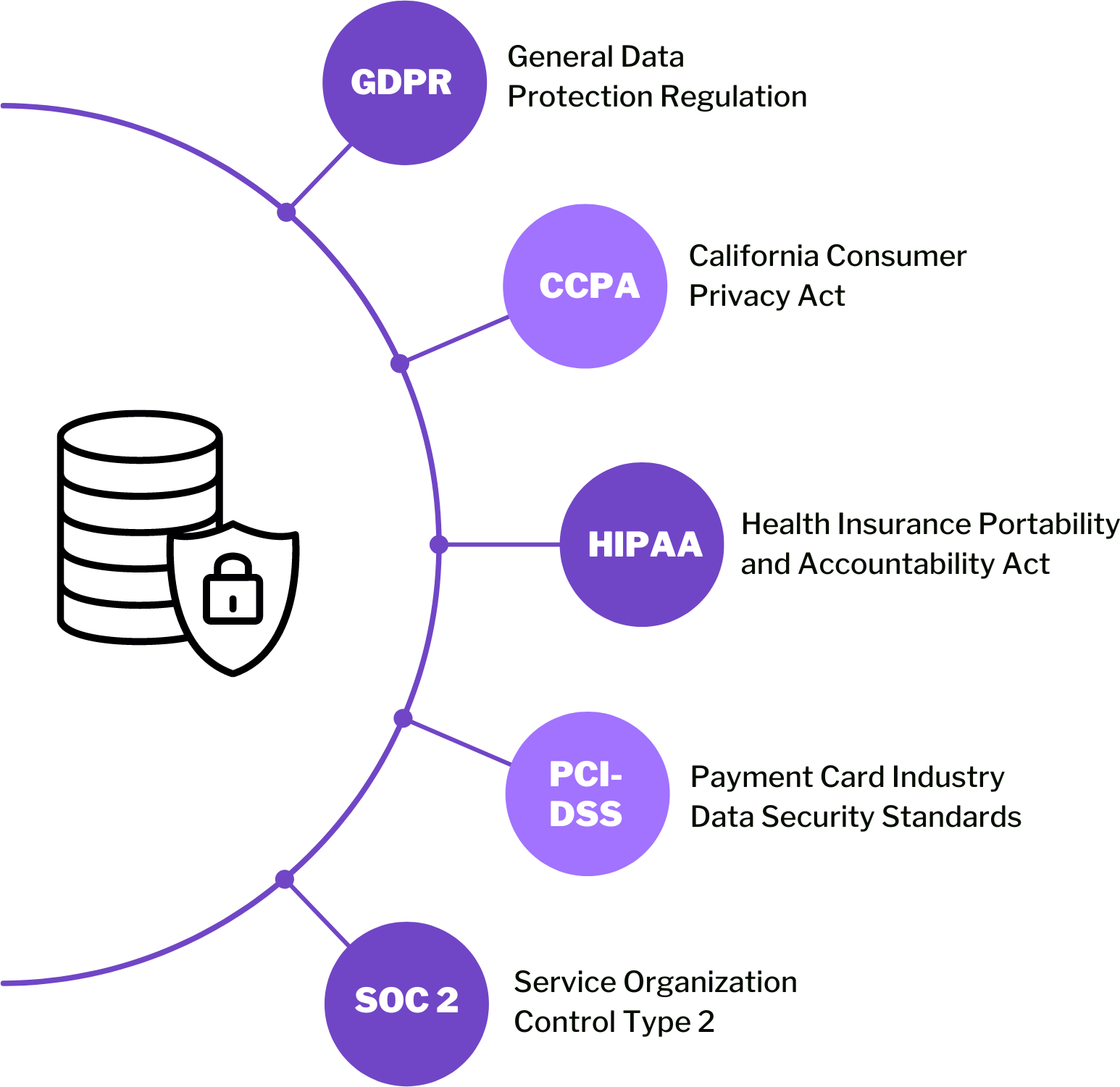
Validation and Testing
Before deploying AI models into production environments, it is essential to rigorously validate and test their performance. This iterative process not only ensures the models are optimized for accuracy but also addresses potential issues, guaranteeing their effectiveness in delivering valuable insights. Validation and testing serve as a litmus test for AI models, determining whether they can deliver the expected results and perform well under diverse conditions. The main goals of validation and testing are to:
- Assess Model Performance: By validating and testing AI models, data scientists can determine how well the models perform on unseen data. This evaluation is crucial to avoid overfitting (model memorization of the training data) and ensure that the models generalize effectively to new, real-world scenarios.
- Fine-tune the Models: Validation and testing provide valuable feedback that helps data scientists fine-tune the models. By identifying areas of improvement, data scientists can make necessary adjustments and optimize the models for better performance.
- Ensure Reliability: Validation and testing help build confidence in the models’ reliability, as they provide evidence of their accuracy and precision. This is especially crucial in critical decision-making processes.
To measure the performance of AI models during validation and testing, various metrics are employed:
- Accuracy: Accuracy measures the proportion of correct predictions made by the model. It provides a broad overview of model performance but may not be suitable for imbalanced datasets.
- Precision and Recall: Precision represents the proportion of true positive predictions out of all positive predictions, while recall calculates the proportion of true positive predictions out of all actual positive instances. These metrics are useful for tasks where false positives or false negatives have significant consequences.
- F1 Score: The F1 score is the harmonic mean of precision and recall, providing a balance between the two metrics. It is particularly valuable when dealing with imbalanced datasets.
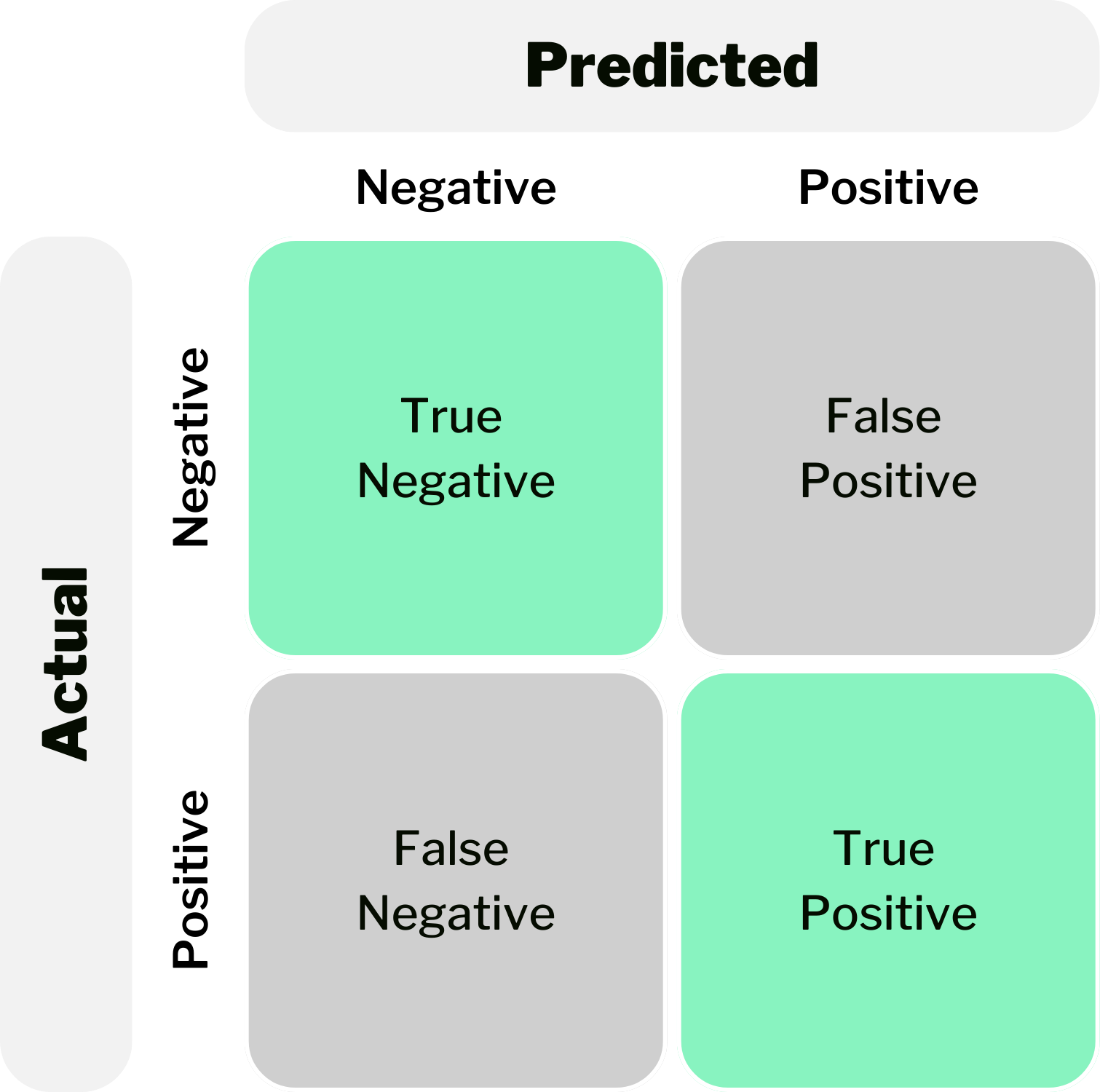
- Area Under the Receiver Operating Characteristic Curve (AUC-ROC): AUC-ROC measures the model’s ability to distinguish between positive and negative instances, making it an excellent metric for binary classification tasks.

The Roadmap to AI-Ready Data
As AI continues to reshape industries and drive innovation, building robust AI models has become a crucial imperative for organizations. Safeguarding sensitive data and iterating AI models are vital steps in this journey. By prioritizing data privacy and security, validating and testing models effectively, and embracing ongoing data readiness, organizations can harness the full potential of AI.
To help you navigate the complexities of preparing your data for AI, OneSix has authored a comprehensive roadmap to AI-ready data. Our goal is to empower organizations with the knowledge and strategies needed to modernize their data platforms and tools, ensuring that their data is optimized for AI applications.
Read our step-by-step guide for a deep understanding of the initiatives required to develop a modern data strategy that drives business results.
More from our AI Readiness series
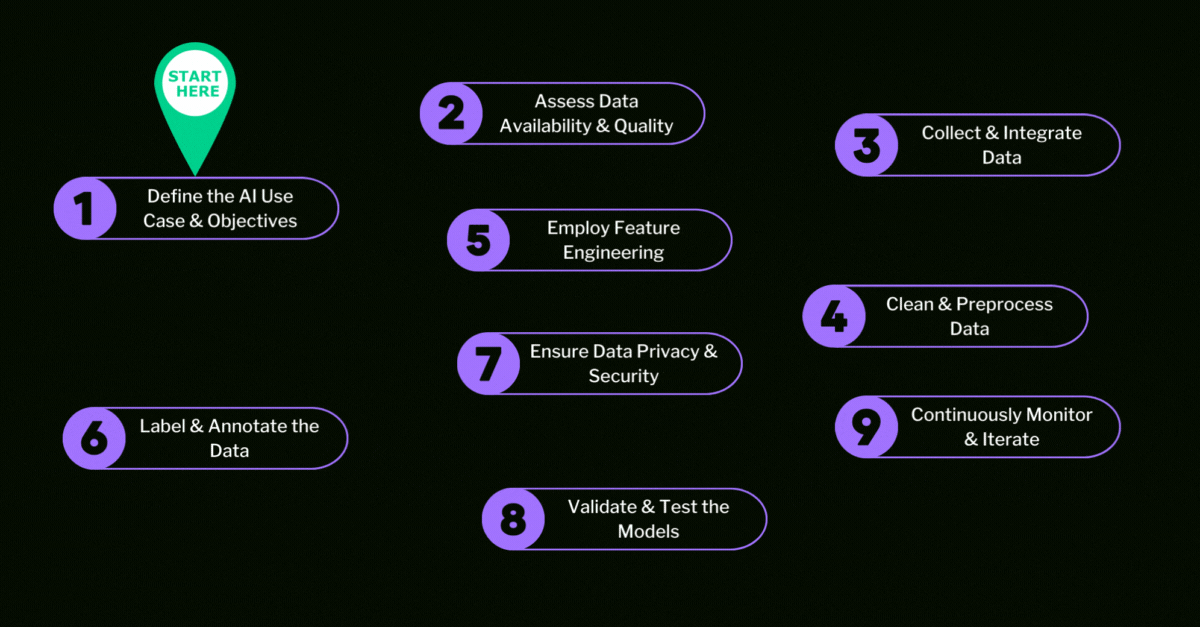
Unlocking the Power of AI: The Roadmap to AI-Ready Data
Guide

Enhancing AI Precision: Data Cleaning, Feature Engineering, and Labeling
Blog

Maximizing AI Value through Effective Data Management and Integration
Blog
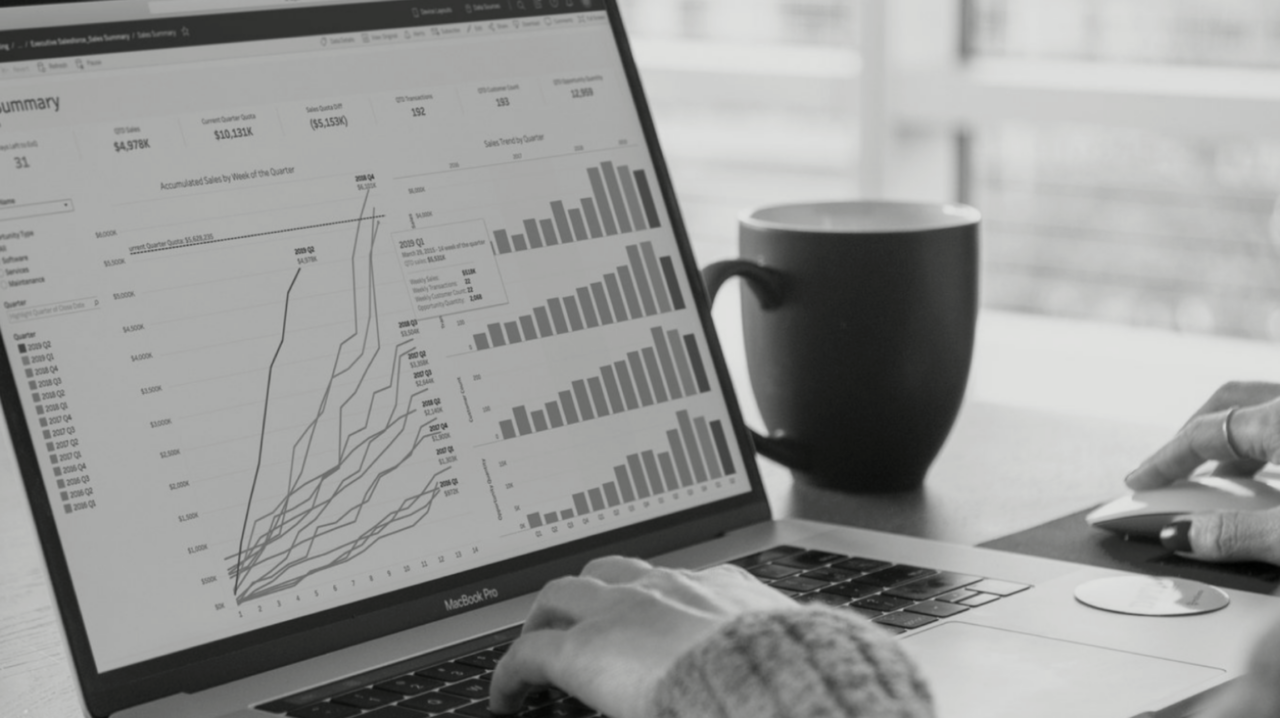
Unlocking the Power of AI: Why Data Readiness Matters
Blog
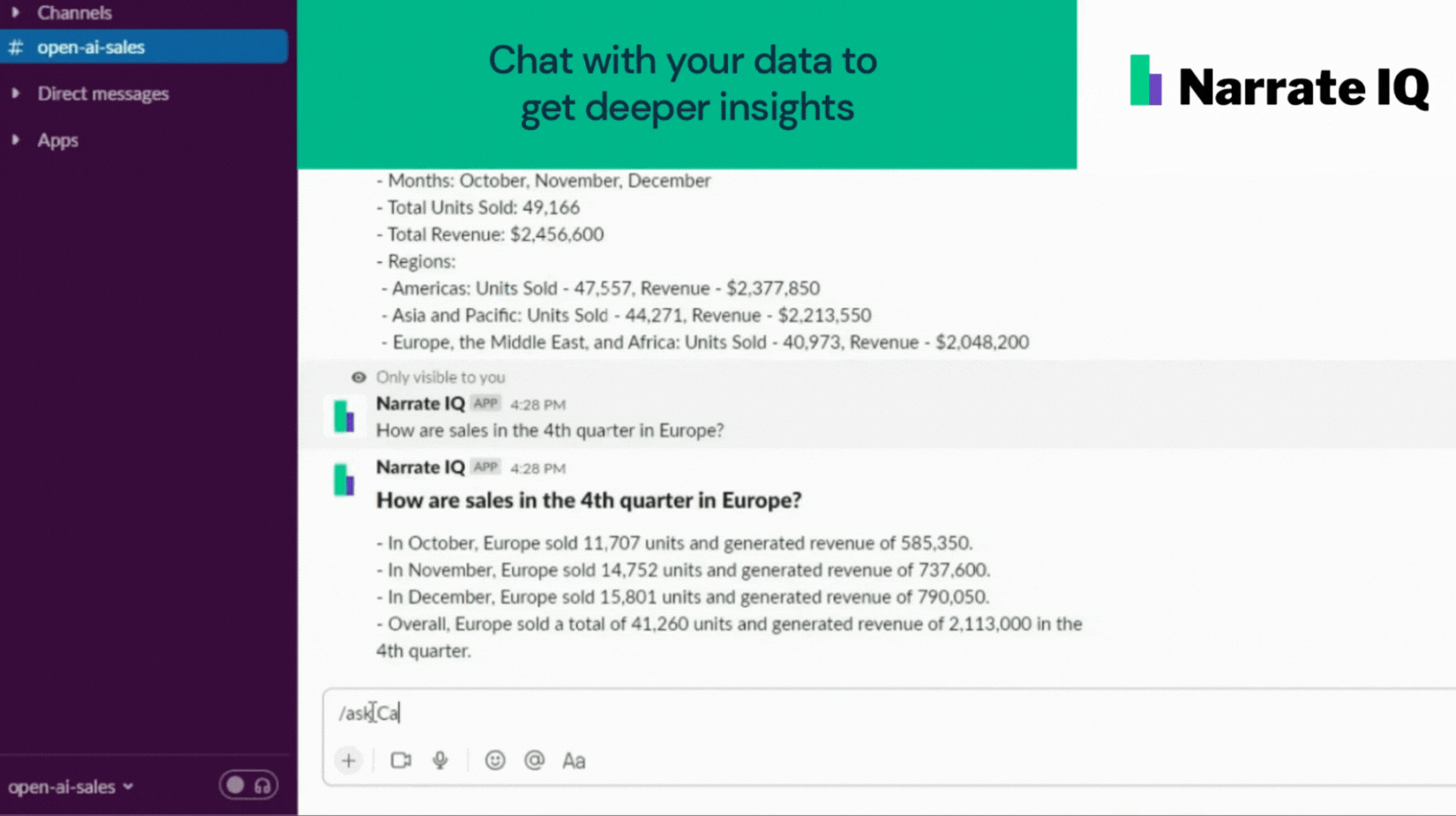
Narrate IQ: Delivering AI-Fueled Data Insights through Slack
Blog
Get Started
OneSix helps companies build the strategy, technology and teams they need to unlock the power of their data.